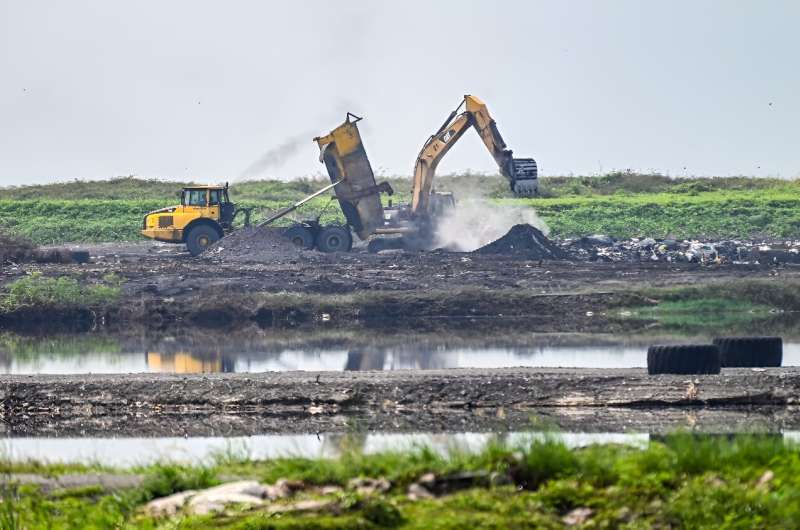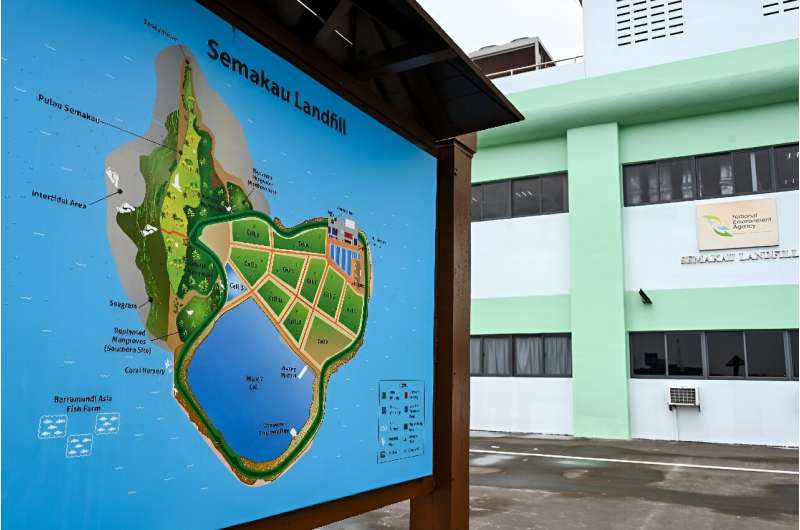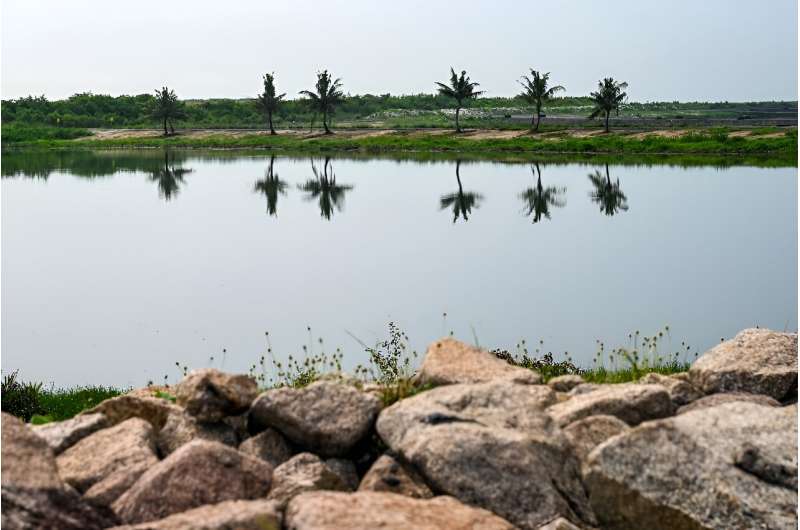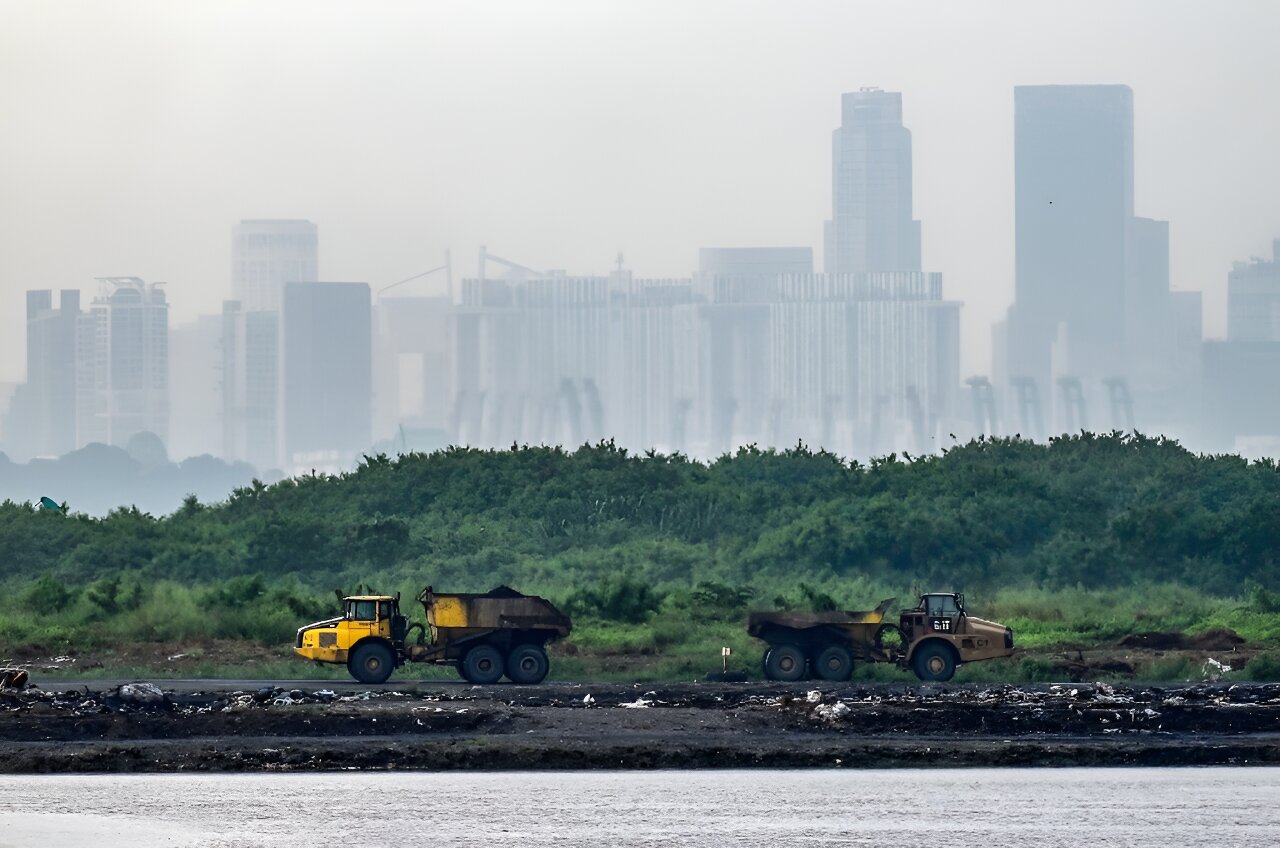When visitors arrive on Pulau Semakau, the landfill island that serves as Singapore’s only landfill, they are met with breathtaking views of blue waters, lush greenery, and an abundance of wildlife. Despite its purpose, the island is often referred to as the “Garbage of Eden”.
Welcome to Pulau Semakau, the innovative solution to Singapore’s trash problem. This eco-friendly island is where the ash from the incinerated garbage of Singapore’s nearly six million residents is deposited. However, with only a little over a decade left until the site reaches its capacity, the government is working tirelessly to extend its lifespan and ensure a sustainable waste management system.
“This is the only landfill in Singapore, and due to the limited land availability, finding an alternative location is challenging,” says Desmond Lee, the landfill manager at the National Environment Agency (NEA), which manages Pulau Semakau.
“It is crucial that we continue to utilize the Semakau landfill for as long as possible and explore options to extend its life beyond 2035,” he emphasizes.
The Challenge of Waste
Last year, Singapore generated a staggering 7.4 million tons of waste, of which only 57 percent (approximately 4.2 million tons) was recycled. The island nation faces specific challenges with plastic waste, with a meager 6 percent being recycled in 2022. Food waste is another pressing issue, with only 18 percent being recycled.

Greenpeace, an environmental group, has criticized Singapore for its significant waste production relative to its size. In response, the government launched a “zero-waste” campaign in 2019, aiming to increase the recycling rate to 70 percent and reduce trash dumped at Semakau by 30 percent before the end of the decade.
Despite its challenges, Singapore has effectively managed its rapid growth to avoid the issues commonly experienced by other bustling Asian cities. The offshore landfill was established when the existing inland waste depot faced limitations in the early 1990s. Pulau Semakau and the nearby island of Pulau Sakeng were merged, creating a seven-kilometer perimeter bund to enclose the sea between them and provide space for the landfill. Operations began in 1999.
Addressing Pollution Risks
To cope with the growing population, Singapore has implemented innovative and space-saving solutions. Non-recyclable waste is incinerated and the resulting ash is transported to Semakau via covered barges. However, environmental groups have criticized this practice due to pollution concerns.
“The entire process, from waste transportation to managing air emissions and residues, contributes to pollution,” explains Abigail Aguilar, Greenpeace’s anti-plastics campaigner for Southeast Asia. “While the landscape may appear visually appealing, the landfill still contains waste that could potentially leak,” she warns.
The NEA has implemented treatment systems in its incineration plants to cleanse the emissions before releasing them into the atmosphere. Additionally, the landfill has been lined with an impermeable membrane and marine clay to contain any potential pollution, with regular water testing conducted to monitor leakage.

A Sustainable Future
Pulau Semakau still holds potential for further development. Plans are underway to build solar farms on the island and to utilize the landfill ash in road construction materials.

When the ash-laden barge arrives at Semakau, earthmovers
Denial of responsibility! TechCodex is an automatic aggregator of the all world’s media. In each content, the hyperlink to the primary source is specified. All trademarks belong to their rightful owners, and all materials to their authors. For any complaint, please reach us at – [email protected]. We will take necessary action within 24 hours.

Jessica Irvine is a tech enthusiast specializing in gadgets. From smart home devices to cutting-edge electronics, Jessica explores the world of consumer tech, offering readers comprehensive reviews, hands-on experiences, and expert insights into the coolest and most innovative gadgets on the market.
Denial of responsibility! TechCodex is an automatic aggregator of Global media. In each content, the hyperlink to the primary source is specified. All trademarks belong to their rightful owners, and all materials to their authors. For any complaint, please reach us at – [email protected]. We will take necessary action within 24 hours.


